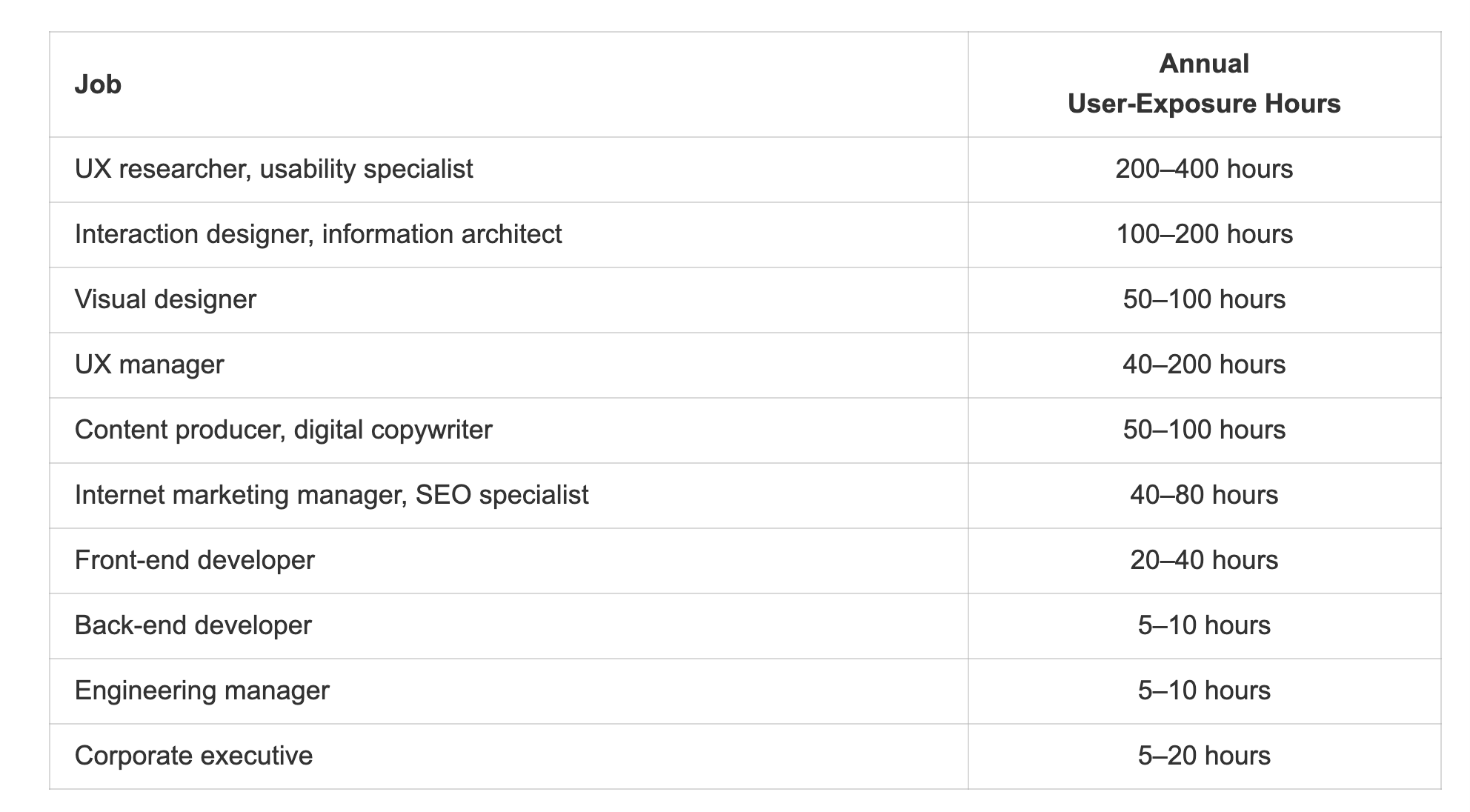Understanding research ROI
A mature, user-centric organization can see several benefits from investing in user research. On the one hand, good UX has a positive impact on several key business metrics:
- Acquisition: Understanding your users through research will help you craft messages that convert visitors into first-time users.
- Activation is the metric that shows users' engagement with your service. Better user experience results in more engaged users.
- Retention: Understanding and addressing the needs of your users leads to satisfied customers that stay with you.
- Referral: Delighted customers promote your product through word of mouth, which is the most cost-effective marketing you can do.
- Revenue: All the above results in less cost of acquiring users, and more revenue from loyal, long-term customers.
On the other hand, user research ultimately also saves costs:
- Lower R&D costs: Better understanding of users and actively testing early prototypes minimizes the number of features that have to be redesigned or discarded.
- Lower Customer Support costs: Good products require less support.
- Lower Sales costs: As stated above, referral and word-of-mouth are the best and cheapest ways to acquire new customers.
All of that starts with developing UX maturity and customer-centricity within your organization. And the best way to do that is direct customer exposure.
Measuring the time you spend with users
You can't manage what you don't measure as they say. The first step is to get a clear picture of how much time the organization and individual roles within the organization spend with users. To achieve this, keep track of:
- The total number of research projects and user sessions you have done
- All stakeholders that have joined user sessions
The barebones way of achieving this is manually maintaining an excel or Airtable-based database of user sessions and participants. You can use this Airtable template to get started. Ultimately, you can automate this process by using a centralized tool with reporting features to schedule your user sessions.
Some companies even set user exposure targets for different roles. This may or may not be suitable for you depending on your organizational culture.
Recommended user exposure goals. Source: Nielsen Norman Group
Tracking the impact of customer exposure
There are several ways to model the UX maturity of an organization. All of them share something in common: In mature organizations, every employee has empathy with the customers, understands their pains and needs, and incorporates them into their daily work. Yet very few organizations have an understanding of where they stand and how their investment in user research moves them towards this goal.
Organizations already implement ways to measure and visualize how their teams are doing in various areas. These types of models intend to get a sense of where to focus improvement efforts, and help teams become more self-aware so they can focus their improvement efforts too. Some popular examples of such models are:
Our Impact Survey is a proposal for implementing such a model for customer exposure and user research maturity.
